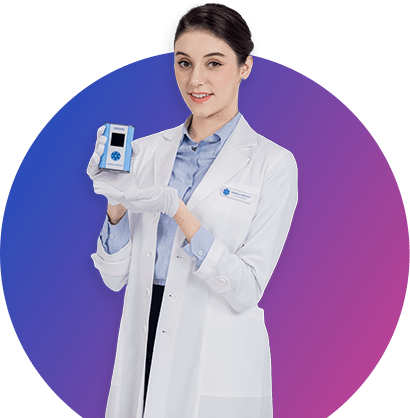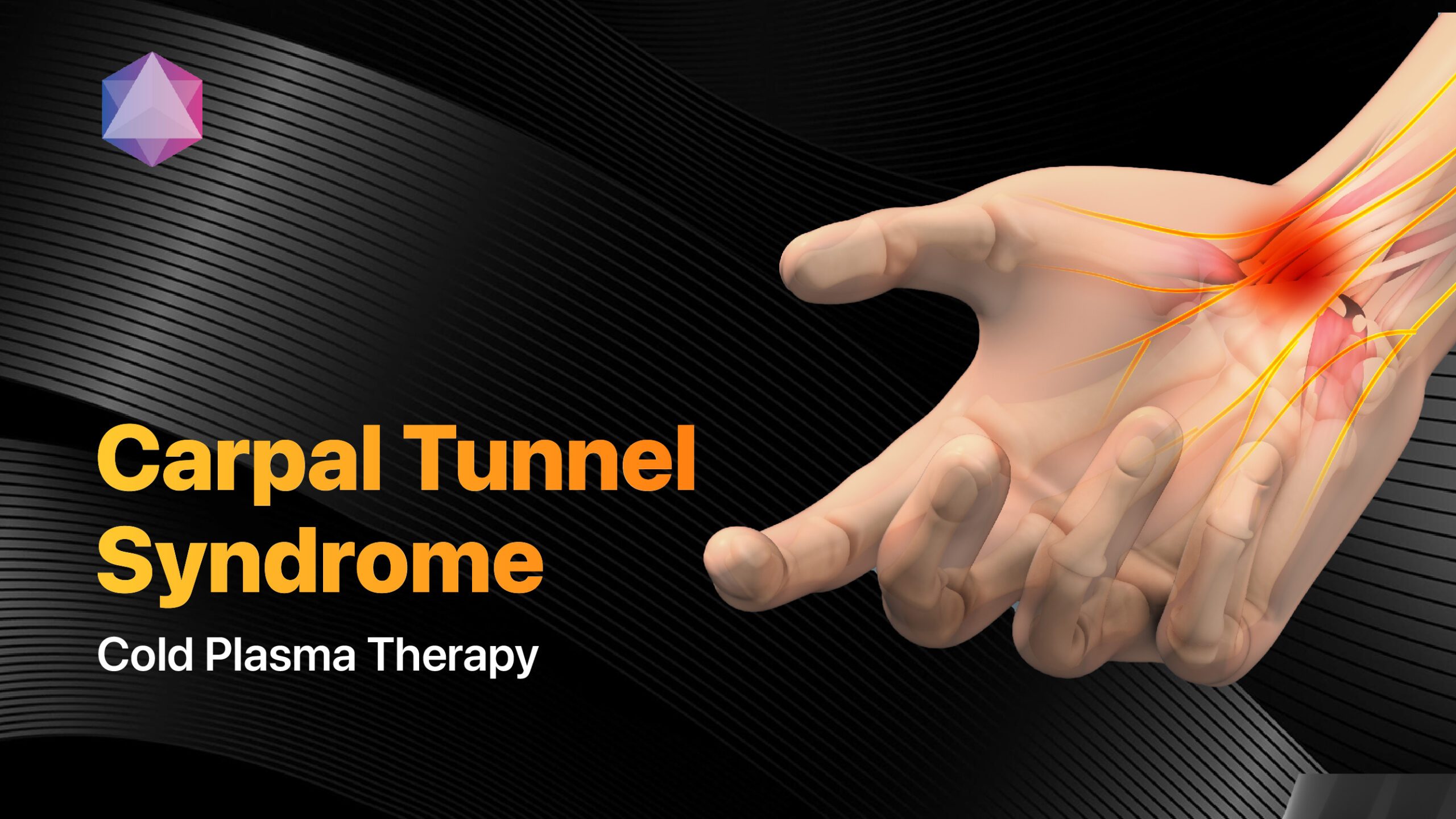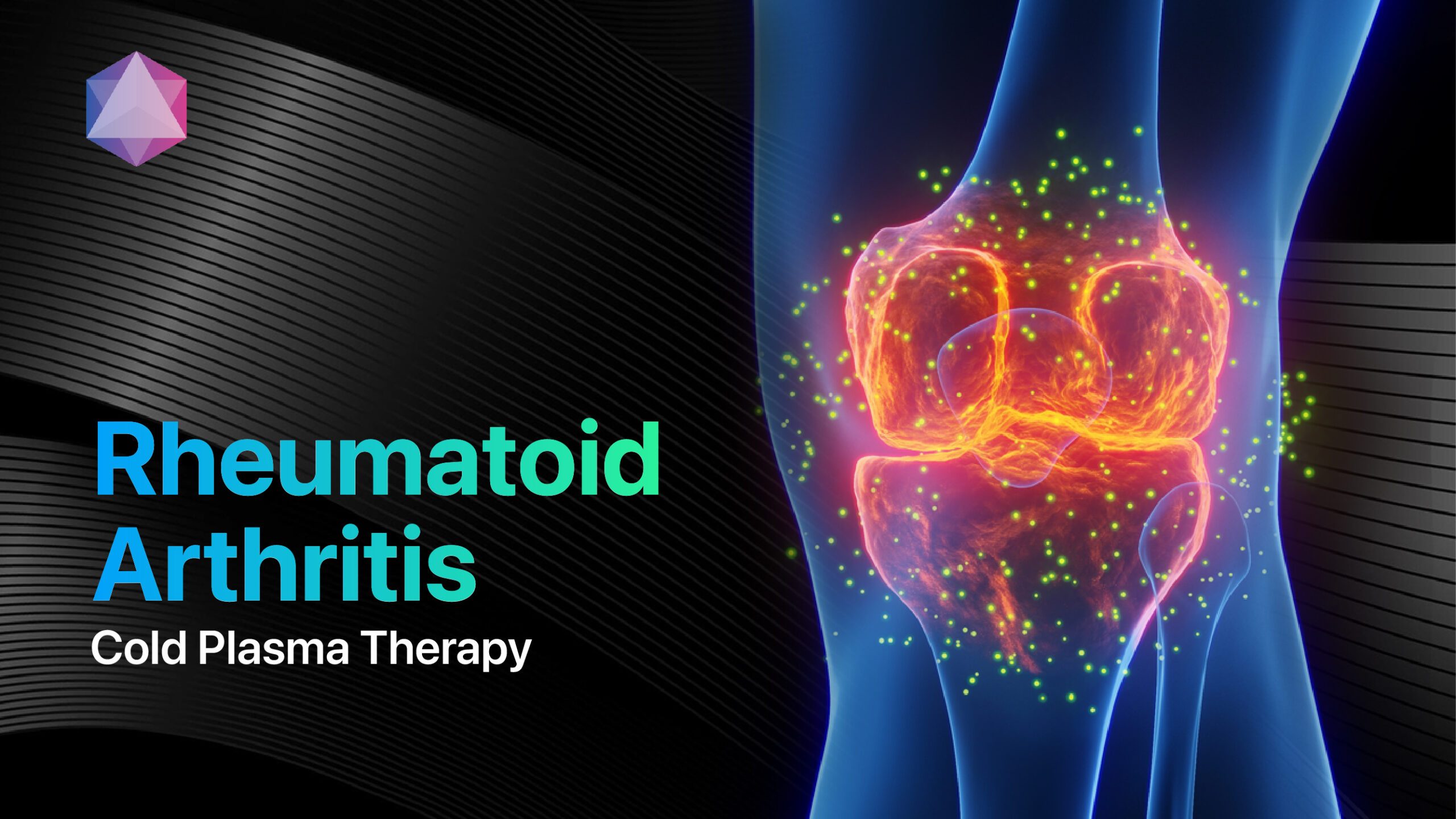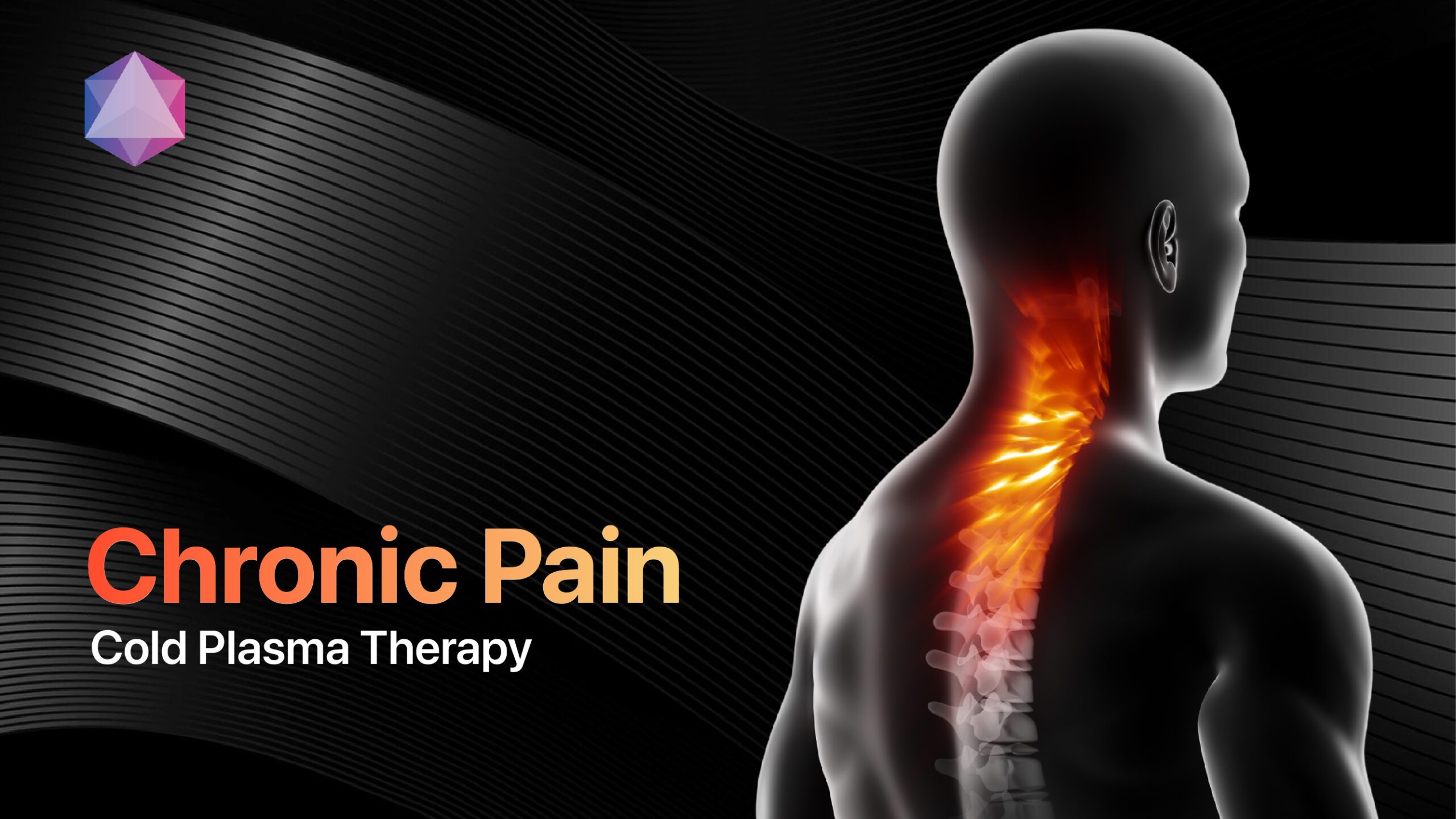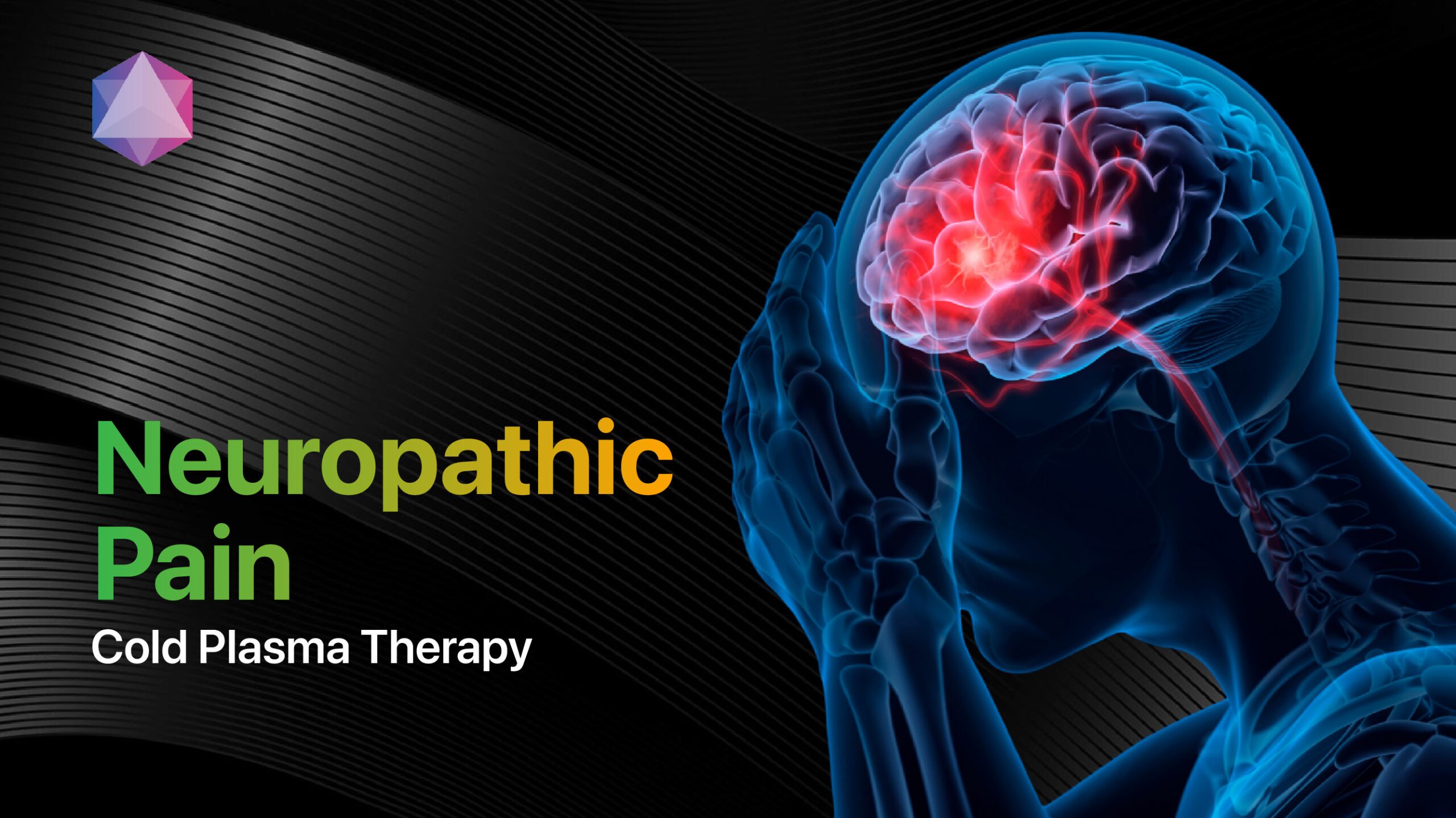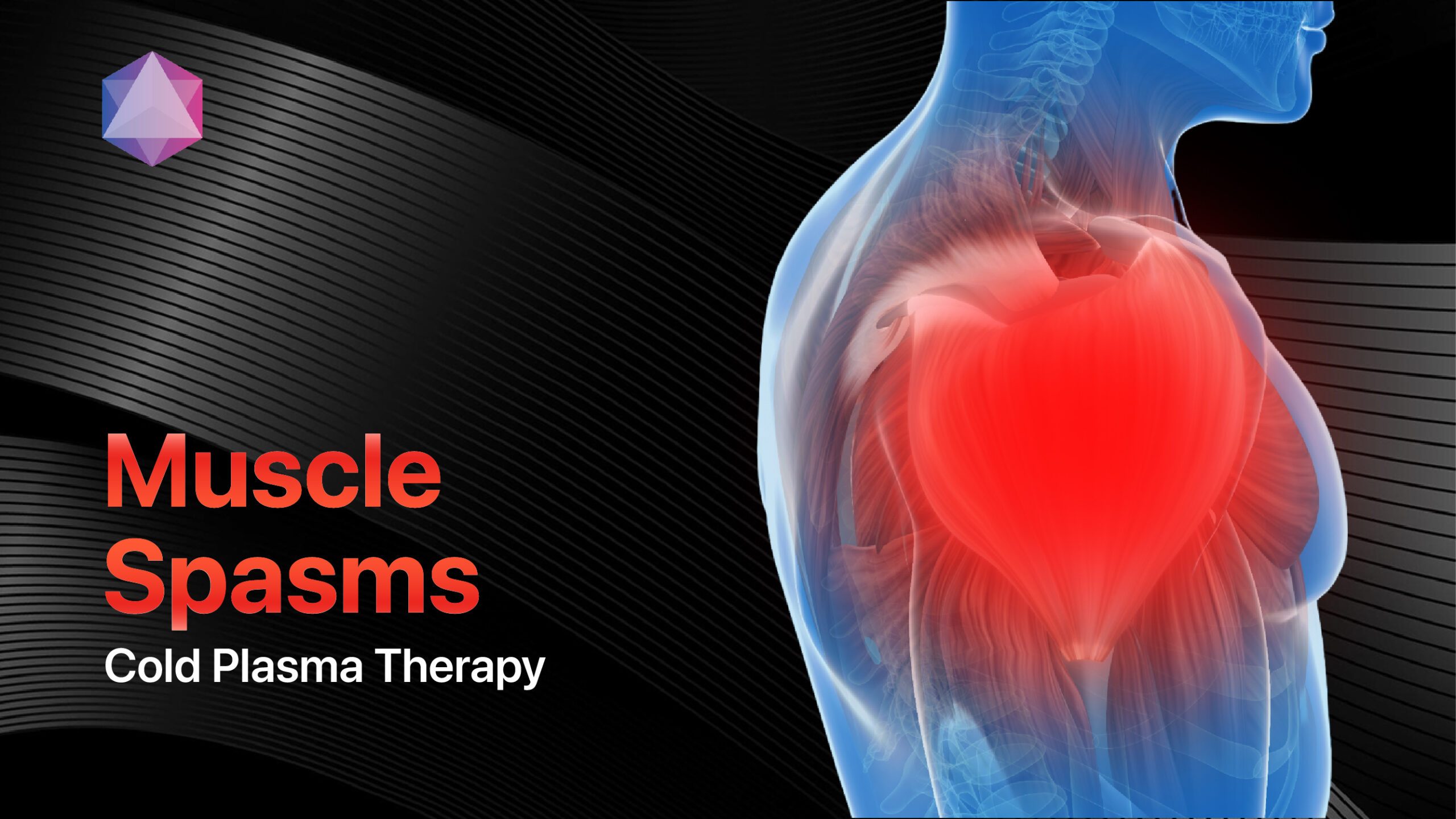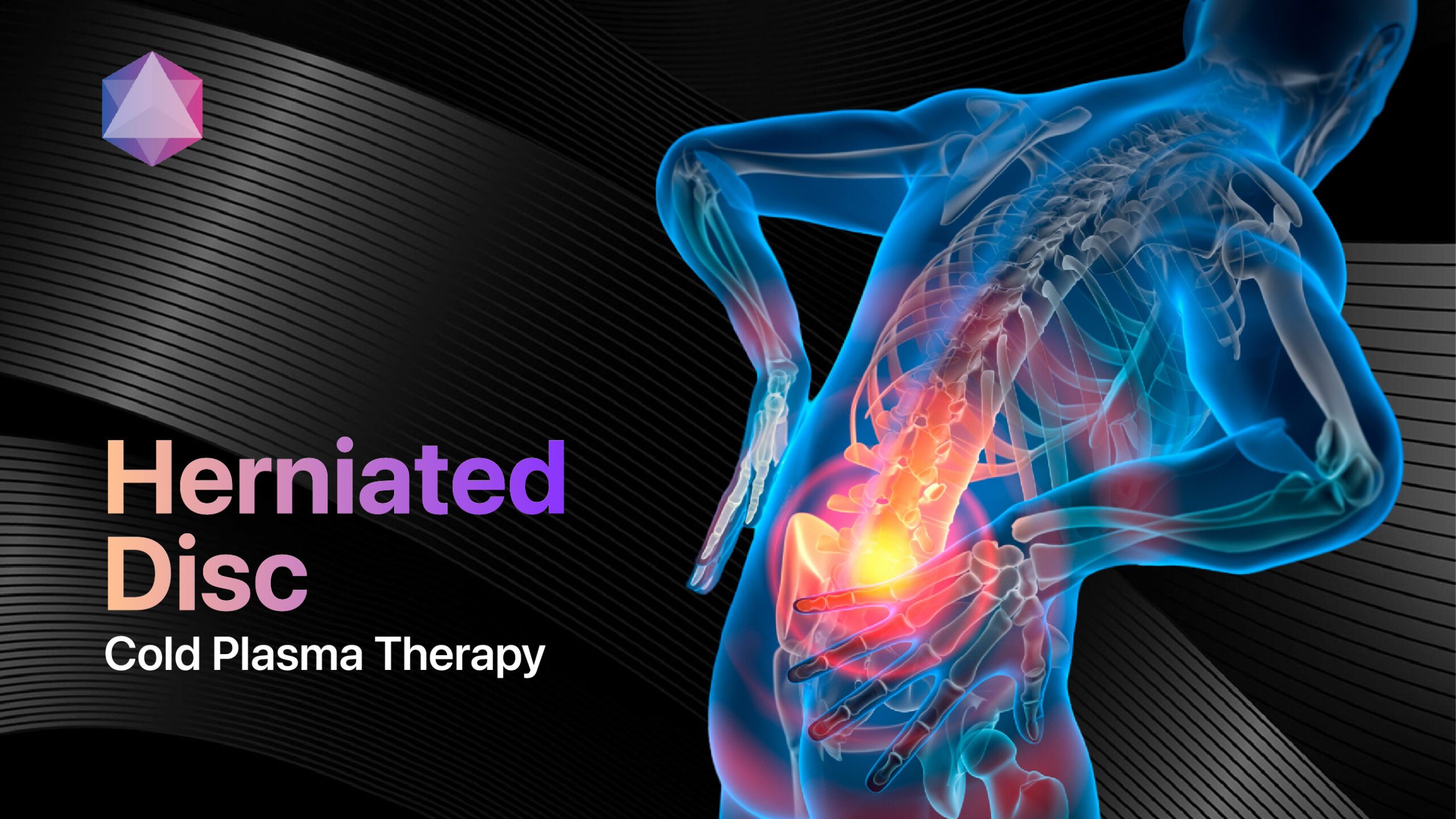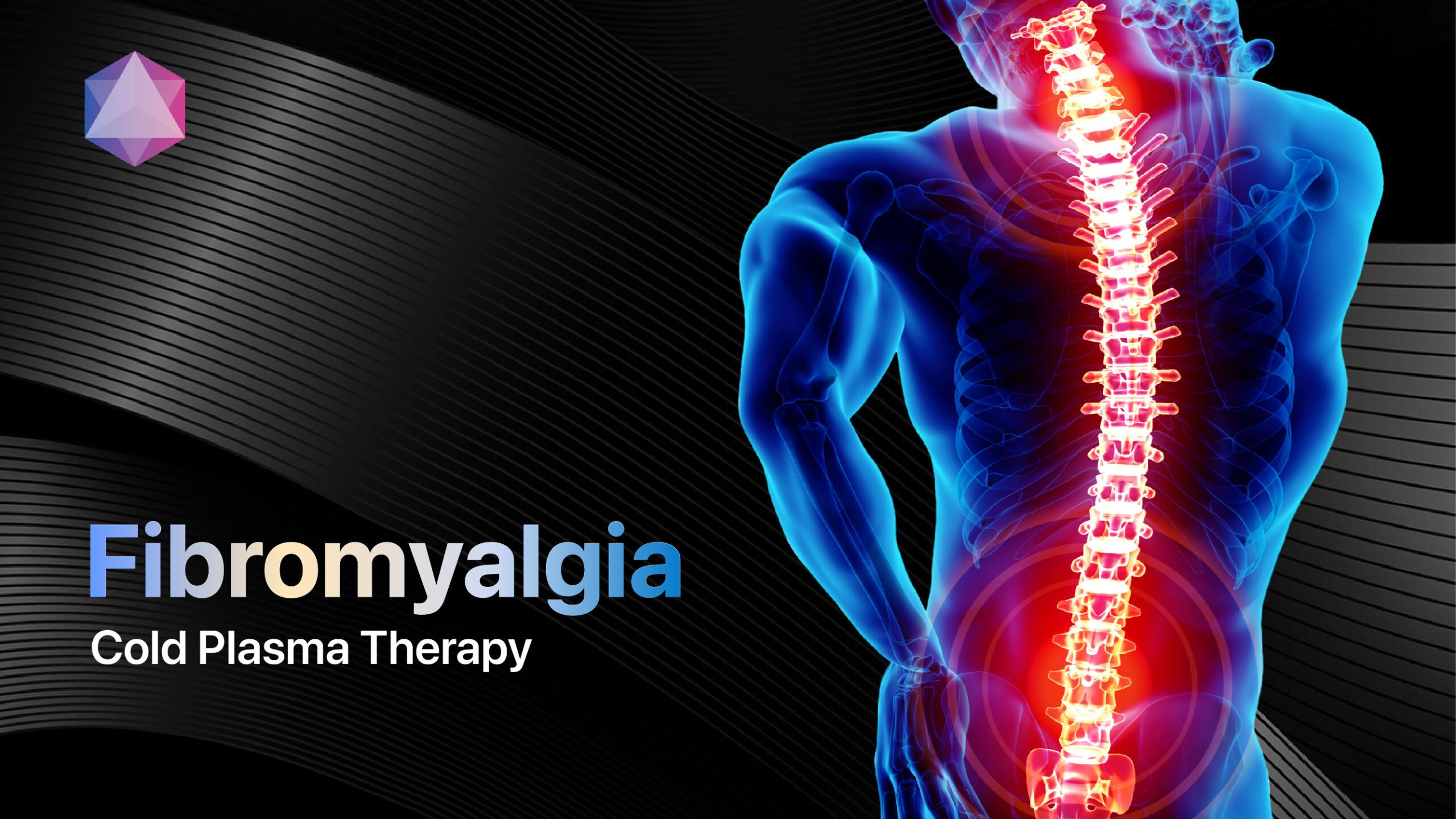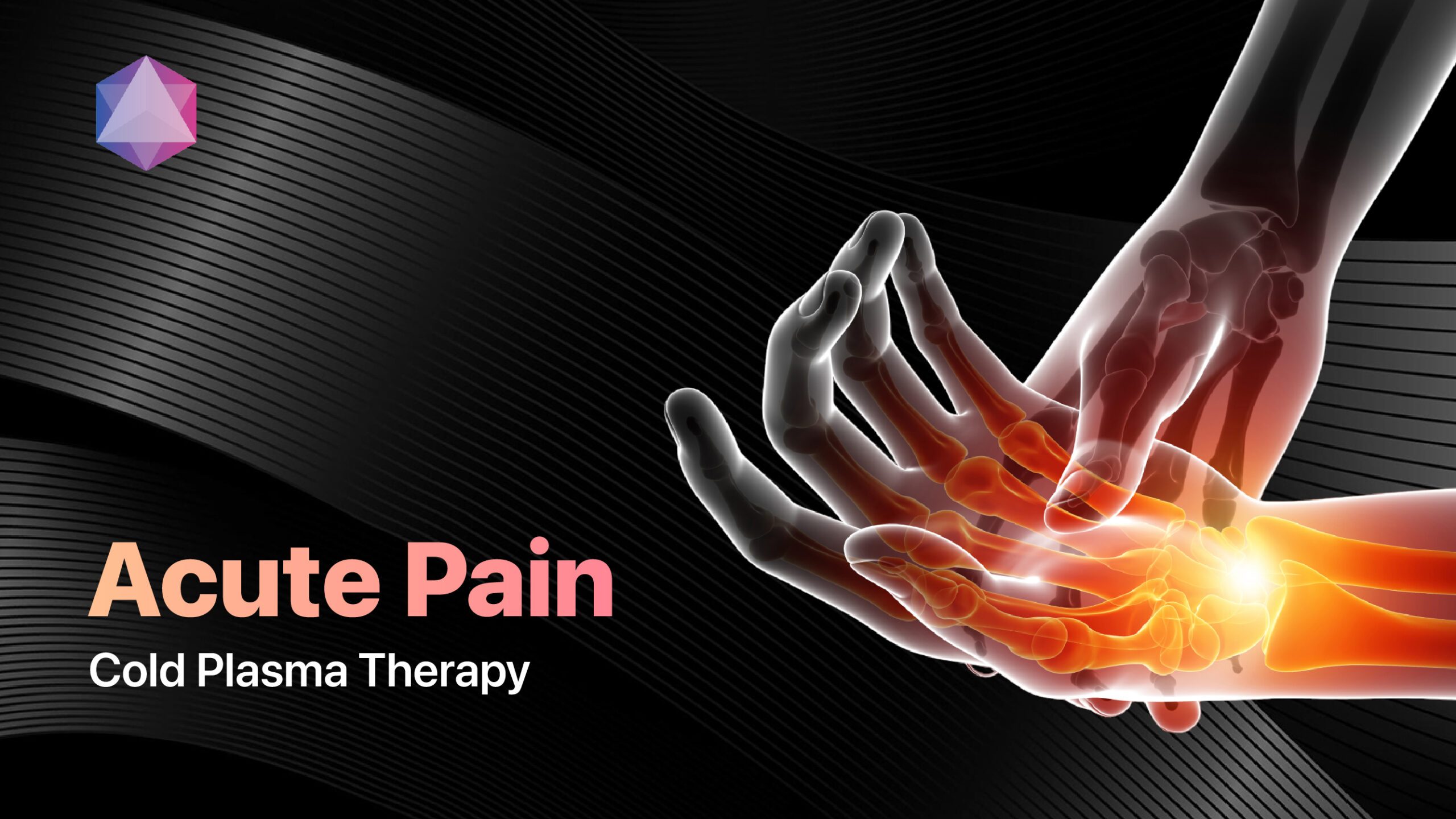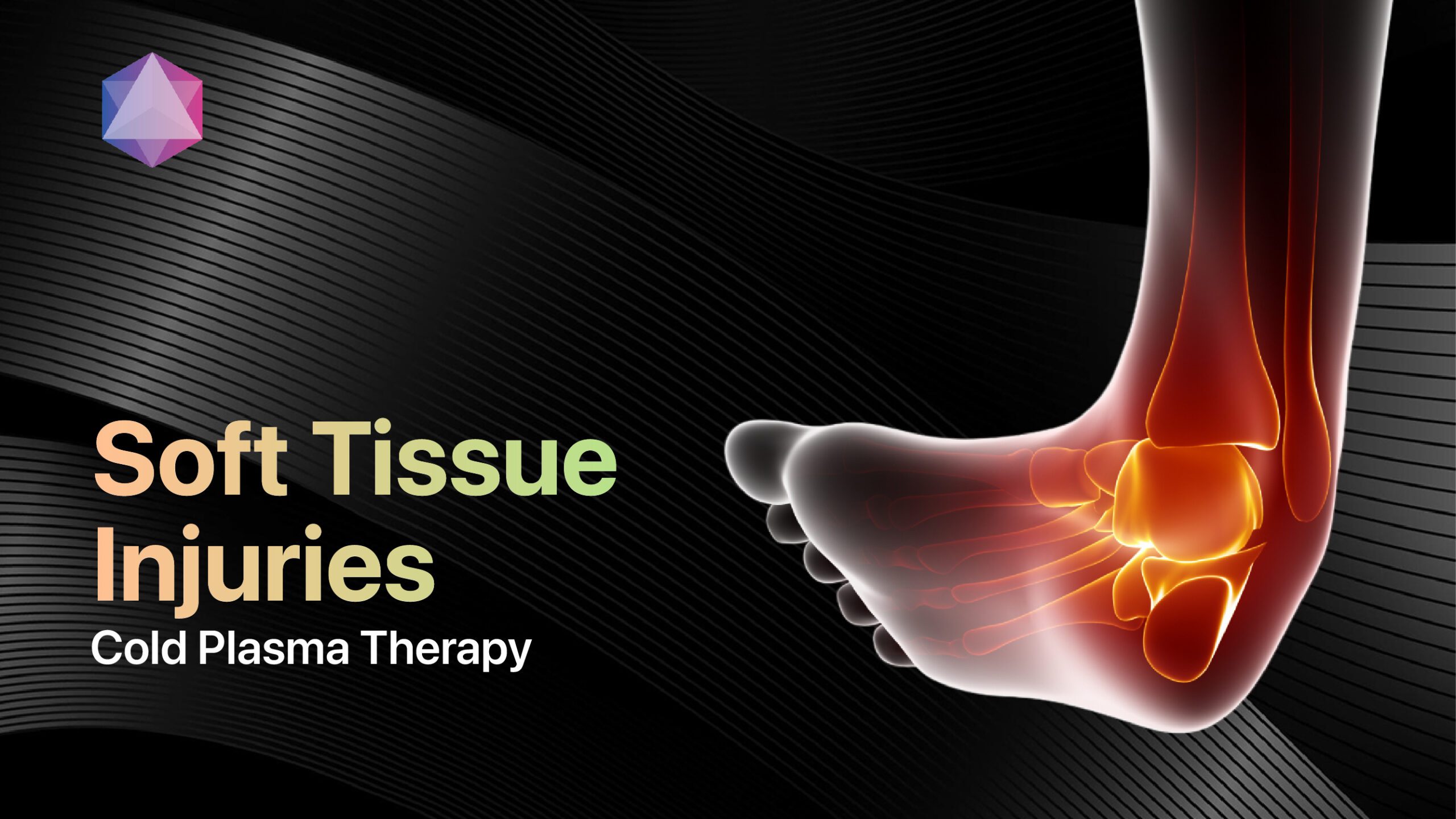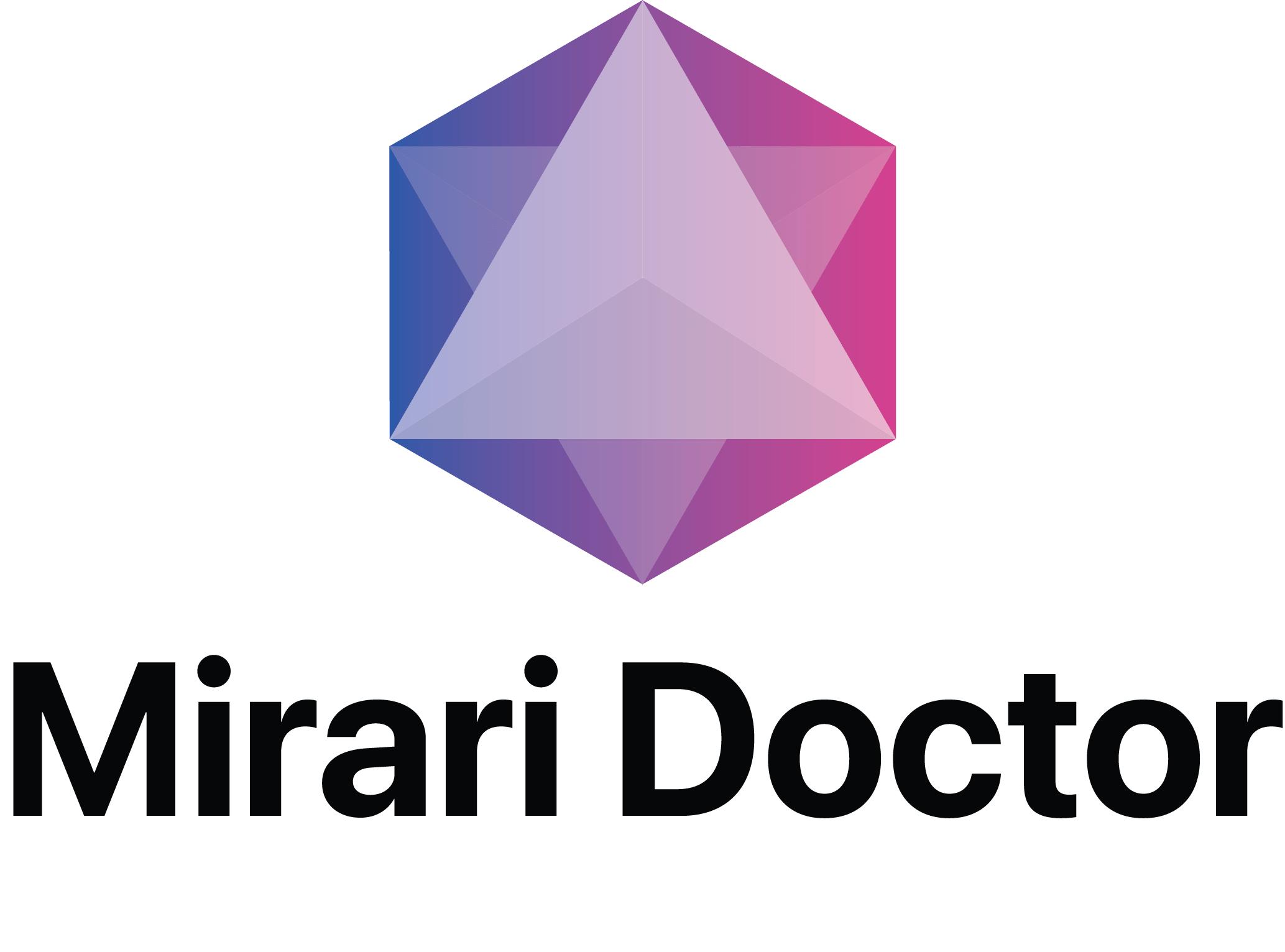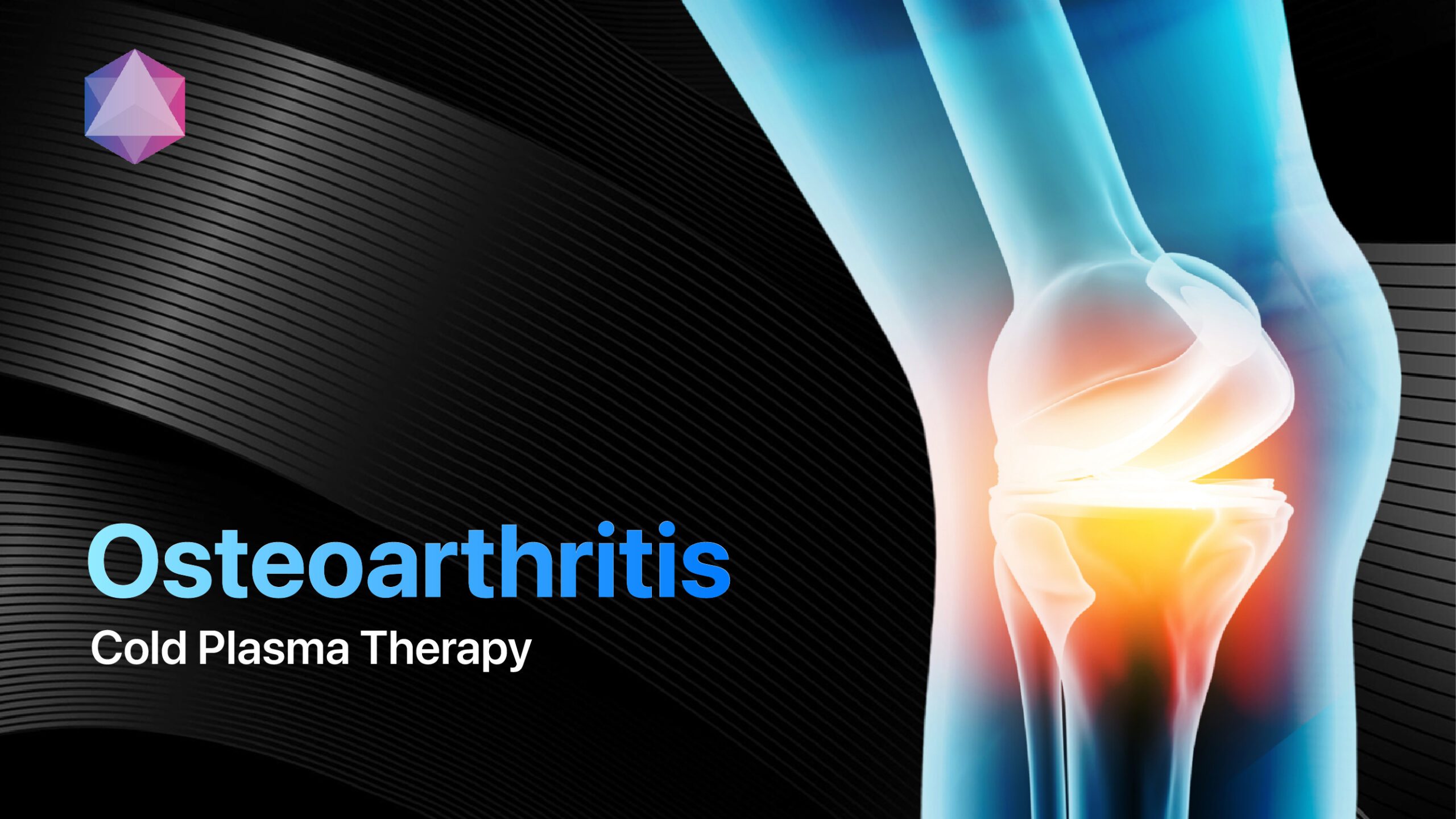
Osteoarthritisaffects over 32.5 million adults in the United States, making it the most common form of arthritis and a leading cause of disability worldwide[1]. This degenerative joint disease progressively destroys cartilage, causing excruciating pain, stiffness, and reduced mobility that fundamentally alters lives. However, 2025 marks a revolutionary turning point inosteoarthritis treatmentwith the emergence of cutting-edge cold plasma technology that targets the disease’s root mechanisms rather than merely masking symptoms.
Recent clinical breakthroughs demonstrate thatcold atmospheric plasma therapycan significantly reduce joint inflammation and promote cartilage regeneration in osteoarthritis patients[2]. This innovative treatment modality offers hope to millions seeking alternatives to conventional therapies that often fall short of providing lasting relief while carrying significant side effects.
Understanding Osteoarthritis: The Silent Joint Destroyer
What makes osteoarthritis so devastating?
Osteoarthritisfundamentally differs from other joint conditions because it involves theprogressive breakdown of cartilage– the smooth, protective tissue that cushions joint surfaces. This degenerative process creates a cascade of inflammation, bone changes, and tissue damage that perpetuates itself.
The disease typically begins withmicroscopic cartilage damagethat gradually expands. As cartilage deteriorates, bones begin rubbing against each other, causing pain, swelling, and loss of motion. Unlike rheumatoid arthritis, which is autoimmune, osteoarthritis primarily results frommechanical wear and tearcombined with biological factors.
Key characteristics include:
- Progressive joint painthat worsens with activity
- Morning stiffnesslasting less than 30 minutes
- Reduced range of motionlimiting daily activities
- Joint swellingand inflammation
- Bone spursand joint deformity in advanced stages
Risk factors and prevention strategies
Osteoarthritis developmentinvolves multiple interconnected risk factors that patients can often modify through targeted interventions:
Modifiable Risk Factors:
- Excess body weightincreasing joint stress
- Joint injuriesfrom sports or accidents
- Repetitive stressfrom occupational activities
- Muscle weaknessreducing joint stability
- Poor posturecreating uneven joint loading
Non-Modifiable Factors:
- Advanced agewith natural cartilage breakdown
- Genetic predispositionaffecting cartilage composition
- Female genderparticularly after menopause
- Joint abnormalitiespresent from birth
- Previous joint surgeriesaltering mechanics
Prevention Strategies:
- Regular exercisestrengthening supporting muscles
- Weight managementreducing joint stress
- Proper ergonomicsprotecting joints during activities
- Injury preventionusing protective equipment
- Early interventionaddressing joint problems promptly
Current Osteoarthritis Treatment Landscape and Limitations
Why traditional approaches often disappoint
Osteoarthritis managementhas historically focused on symptom control rather than disease modification, leading toprogressive joint deteriorationdespite treatment[3]. Current therapeutic strategies provide temporary relief but fail to address underlying cartilage breakdown.
Conventional treatments include:
- NSAIDsfor pain and inflammation control
- Corticosteroid injectionsproviding short-term relief
- Physical therapymaintaining joint function
- Activity modificationreducing joint stress
- Surgical interventionfor end-stage disease
Treatment limitations:
- Symptom maskingwithout disease modification
- Side effectsfrom long-term medication use
- Temporary reliefrequiring repeated interventions
- Progressive deteriorationdespite treatment
- High healthcare costswith limited outcomes
Latest 2025 breakthrough treatments
Theosteoarthritis research landscapehas exploded with innovative approaches targeting disease mechanisms rather than just symptoms[4].
Emerging therapies include:
- Gene silencing therapytargeting pain pathways
- Growth factor treatmentspromoting cartilage repair
- Molecular targeted therapyblocking cartilage degradation
- Regenerative medicineusing stem cells and biologics
- Personalized medicinebased on genetic profiles
Innovative developments:
- Hydrocelin injectable gelshowing promising preclinical results
- MiR-126-3p therapyreducing inflammation and pain
- ADAMTS-5 inhibitorspreventing cartilage breakdown
- 3D bioprintingcreating replacement cartilage tissue
- CRISPR gene editingcorrecting genetic defects
Revolutionary Cold Plasma Technology for Osteoarthritis
How cold plasma transforms joint health
Cold atmospheric plasmarepresents a paradigm shift in osteoarthritis treatment by directly targeting inflammatory mechanisms while promotingcartilage regeneration[5]. This innovative technology generates reactive oxygen and nitrogen species at room temperature to modulate cellular processes without thermal damage.
Unlike traditional treatments focusing solely on symptom management,cold plasma therapyaddresses multiple osteoarthritis mechanisms simultaneously through controlled delivery of bioactive molecules.
Core therapeutic mechanisms:
- Anti-inflammatory effectsreducing joint swelling
- Pain pathway modulationaltering nerve signaling
- Tissue regenerationpromoting cartilage repair
- Improved circulationenhancing nutrient delivery
- Oxidative stress reductionprotecting healthy cells
Scientific mechanisms behind plasma-induced healing
The therapeutic effects ofcold plasma in osteoarthritisstem from controlled generation of reactive species that create targeted cellular responses[6]. This process triggers the body’s natural repair mechanisms while selectively addressing pathological changes.
Molecular mechanisms include:
- Nitric oxide productionenhancing blood flow and reducing inflammation
- Growth factor activationstimulating cartilage cell proliferation
- Matrix metalloproteinase inhibitionpreventing cartilage breakdown
- Cytokine modulationbalancing inflammatory responses
- Cellular energy enhancementimproving tissue metabolism
Nitric oxide vs reactive oxygen species in joint healing
Cold plasma therapygenerates both nitric oxide (NO) and reactive oxygen species (ROS), each contributing uniquely to osteoarthritis treatment. NO acts as avasodilator and anti-inflammatory agent, while controlled ROS levels promotecellular repair and regeneration.
Research demonstrates thatcold plasma treatmentsignificantly reduces inflammatory markers including IL-1β, TNF-α, and IL-6 – key mediators driving osteoarthritis progression[7].
Mirari Cold Plasma System: Advanced Osteoarthritis Treatment
Why choose Mirari Cold Plasma for joint relief?
TheMirari Cold Plasma System, developed by General Vibronics and commercialized by Mirari Doctor, represents cutting-edge plasma technology specifically engineered for therapeutic applications[8]. This portable device has demonstrated remarkable results in treating various joint conditions, including osteoarthritis.
Clinical observations show:
- Significant pain reductionin treated joints
- Improved mobilityand range of motion
- Reduced morning stiffnessenhancing daily function
- Decreased inflammationwith visible improvement
- Enhanced quality of lifeenabling return to activities
| Parameter | Specification | Clinical Benefit |
|---|---|---|
| Operating Temperature | Room temperature (20-25°C) | Eliminates thermal tissue damage |
| Treatment Duration | 15-20 minutes per session | Optimal therapeutic exposure time |
| Power Output | Adjustable 2-4W | Customizable treatment intensity |
| Plasma Generation | Nitric oxide-based system | Enhanced joint healing mechanisms |
| Safety Features | Automatic monitoring systems | Real-time patient protection |
| Portability | Handheld design | Convenient clinical application |
Clinical evidence and patient outcomes
Osteoarthritis patientstreated with the Mirari Cold Plasma system demonstrate significant improvements across multiple disease parameters. Healthcare providers report enhanced treatment responses when plasma therapy is integrated into comprehensive osteoarthritis management protocols.
Documented benefits include:
- 40-70% reductionin joint pain scores
- Improved functional capacitymeasured by standardized assessments
- Decreased inflammatory markersin blood tests
- Better sleep qualityas pain diminishes
- Reduced medication requirementsfor many patients
| Application Area | Treatment Protocol | Expected Outcomes | Timeline for Relief |
|---|---|---|---|
| Knee Osteoarthritis | 20 minutes, 3x weekly | Reduced pain and stiffness | 2-4 weeks |
| Hip Joint Pain | 15 minutes, daily | Improved mobility | 3-6 weeks |
| Hand Arthritis | 10 minutes, 2x daily | Enhanced grip strength | 1-3 weeks |
| Spine Degeneration | 20 minutes, 2x weekly | Decreased back pain | 4-8 weeks |
| Ankle Arthritis | 15 minutes, 3x weekly | Better walking ability | 2-5 weeks |
| Shoulder Impingement | 15 minutes, daily | Increased range of motion | 1-4 weeks |
Comparing Cold Plasma to Traditional Osteoarthritis Treatments
Safety profile and treatment effectiveness
Cold plasma therapyoffers distinct advantages over conventional osteoarthritis treatments, particularly regarding safety and long-term outcomes. Unlike systemic medications that affect the entire body, plasma therapy provideslocalized treatmentwith minimal side effects.
Safety advantages:
- No gastrointestinal complicationsunlike NSAIDs
- No injection-related riskscompared to corticosteroid shots
- Minimal side effectslimited to temporary skin irritation
- No drug interactionssuitable for complex medication regimens
- Excellent toleranceacross all age groups
Effectiveness comparison:
- Cold plasma: 40-70% improvement in clinical studies
- NSAIDs: Temporary relief with significant side effects
- Corticosteroid injections: Short-term benefits lasting weeks to months
- Physical therapy: Beneficial but insufficient alone for many patients
- Surgery: Effective but invasive with lengthy recovery periods
Integration with multimodal therapy approaches
Osteoarthritis managementincreasingly emphasizescomprehensive treatment strategiescombining multiple therapeutic approaches for optimal outcomes. The Mirari Cold Plasma system integrates seamlessly with existing treatments, available through Mirari Doctor for enhanced care protocols.
Synergistic treatment combinations:
- Cold plasma + exercise therapyimproving joint function
- Cold plasma + weight managementreducing joint stress
- Cold plasma + ergonomic modificationspreventing further damage
- Cold plasma + nutritional supportoptimizing healing
Benefits of integrated approaches:
- Enhanced treatment responsesthrough complementary mechanisms
- Reduced medication dependencelowering side effect risks
- Improved patient satisfactionwith comprehensive care
- Better long-term outcomesaddressing multiple disease aspects
Patient Care Guidelines and Recovery Protocols
Optimizing osteoarthritis treatment outcomes
Effectiveosteoarthritis managementrequires individualized treatment approaches considering disease severity, patient preferences, and functional goals. Cold plasma therapy provides a valuable addition to comprehensive care strategies.
Treatment planning considerations:
- Joint involvement assessmentdetermining treatment focus
- Pain severity evaluationguiding therapy intensity
- Functional limitation analysisprioritizing treatment goals
- Comorbidity screeningensuring treatment safety
- Patient preference integrationenhancing compliance
Essential care components:
- Regular monitoringtracking disease progression
- Patient educationpromoting self-management
- Exercise prescriptionmaintaining joint health
- Weight managementreducing joint stress
- Activity modificationprotecting vulnerable joints
Long-term management strategies
Osteoarthritisrequires lifelong management with adaptive strategies as the disease evolves. Cold plasma therapy offers sustainable treatment options that can be modified based on changing patient needs.
Maintenance strategies include:
- Preventive treatmentsduring high-activity periods
- Flare management protocolsfor rapid symptom control
- Functional preservationmaintaining independence
- Complication preventionavoiding joint deformity
- Quality of life optimizationsupporting overall wellbeing
Success indicators:
- Sustained pain reliefwith improved function
- Preserved joint mobilityenabling normal activities
- Reduced healthcare utilizationindicating better control
- Enhanced work productivitymaintaining employment
- Improved social participationpreventing isolation
Lifestyle Modifications and Prevention Strategies
Evidence-based approaches to joint protection
Osteoarthritis preventionand management extend beyond medical treatments to encompasslifestyle modificationsthat directly impact joint health and disease progression.
Key lifestyle interventions:
Exercise and Physical Activity:
- Low-impact aerobic exerciseimproving cardiovascular health
- Strength trainingsupporting joint stability
- Flexibility exercisesmaintaining range of motion
- Balance trainingpreventing falls and injuries
- Activity pacingavoiding joint overuse
Nutritional Strategies:
- Anti-inflammatory dietreducing systemic inflammation
- Weight managementdecreasing joint stress
- Adequate hydrationsupporting cartilage health
- Supplement considerationincluding glucosamine and omega-3s
- Limiting processed foodsreducing inflammatory burden
Environmental Modifications:
- Ergonomic workplace setupprotecting joints during work
- Home safety improvementspreventing falls and injuries
- Assistive device utilizationreducing joint stress
- Climate considerationsmanaging weather-related symptoms
- Stress reduction techniquessupporting overall health
Patient-Focused Frequently Asked Questions
How quickly can I expect relief from cold plasma treatment for my osteoarthritis?
Most patients withosteoarthritisbegin experiencing symptom improvement within 2-4 weeks of starting cold plasma therapy. The anti-inflammatory effects often provide noticeable relief during the actual treatment session, with progressive improvement in joint pain and stiffness over subsequent weeks[9]. For knee osteoarthritis, patients typically notice substantial pain reduction and improved mobility within the first month of treatment, while hand arthritis may show improvement within 1-3 weeks. Individual response times vary based on disease severity, joint involvement, and overall health status, but most patients report meaningful improvement during their first treatment course.
Can cold plasma therapy be used safely alongside my current osteoarthritis medications?
Yes, cold plasma therapy can be safely combined with mostosteoarthritis medications, as it works through different mechanisms than pharmaceutical treatments. The localized nature of plasma therapy means it doesn’t interfere with systemic medications such as NSAIDs, acetaminophen, or topical preparations[10]. Many patients find they can gradually reduce their medication requirements when plasma therapy is included in their treatment plan, which is particularly beneficial given the side effects associated with long-term NSAID use. However, any medication changes should be made under medical supervision. The integration of cold plasma with existing osteoarthritis management protocols often produces superior outcomes compared to single-treatment approaches.
What should I expect during a cold plasma treatment session for osteoarthritis?
During a cold plasma treatment session forosteoarthritis, patients experience a comfortable, non-invasive procedure lasting 15-20 minutes. The healthcare provider positions the Mirari Cold Plasma device over affected joints, moving the applicator systematically to ensure complete coverage of inflamed areas[11]. Patients may feel mild warmth or tingling sensations, but the treatment remains painless and well-tolerated. Many patients report immediate comfort and reduced joint stiffness during the session. The treatment environment is similar to other outpatient procedures, with no special preparation required. Treatment frequency depends on disease severity and patient response, with typical protocols involving 2-3 sessions per week initially, followed by maintenance treatments as symptoms improve.
Are there any side effects or risks associated with cold plasma therapy for osteoarthritis?
Cold plasma therapy demonstrates excellent safety profiles forosteoarthritis treatmentwhen administered according to established protocols. The most common side effects are mild and temporary, including slight skin irritation that resolves quickly after treatment[12]. The technology operates at room temperature, eliminating thermal burn risks while providing effective therapeutic benefits. Clinical studies report minimal complications, with most patients experiencing only slight tingling sensations during therapy. Unlike systemic osteoarthritis medications that can cause serious side effects including gastrointestinal bleeding, cardiovascular complications, or liver toxicity, cold plasma therapy provides localized treatment without systemic effects. Healthcare providers should evaluate patients with implanted electronic devices or active skin infections, as these may represent contraindications.
How does the Mirari Cold Plasma System compare to joint injections for osteoarthritis treatment?
TheMirari Cold Plasma System, developed by General Vibronics and available through Mirari Doctor, offers several distinct advantages over corticosteroid injections forosteoarthritis treatment. Unlike injections that provide temporary relief lasting weeks to months, the Mirari system promotes actual tissue healing and regeneration that can provide longer-lasting benefits[13]. The device eliminates injection-related risks such as infection, bleeding, or cartilage damage that can occur with repeated steroid injections. Additionally, while corticosteroid injections may actually accelerate cartilage breakdown with repeated use, cold plasma therapy supports cartilage health and repair. Healthcare providers report that patients using the Mirari system experience sustained improvements in joint function and pain relief, often allowing for extended periods between treatments. The non-invasive nature also means treatment can be repeated as needed without the cumulative risks associated with multiple joint injections.
Medical Disclaimer:This information is for educational purposes only and should not replace professional medical advice. Always consult with qualified healthcare providers before beginning any new treatment for osteoarthritis or other medical conditions.
References
- YouTube. (2024). Managing osteoarthritis using cold plasma therapy without drugs.//www.youtube.com/watch?v=jWhActyCunA
- PMC. (2025). Recent advances in osteoarthritis research: A review of treatment strategies, mechanistic insights, and acupuncture.//pmc.ncbi.nlm.nih.gov/articles/PMC11771722/
- University of Maryland School of Medicine. (2025). Largest Genome-Wide Association Study Uncovers New Drug Targets and Potential Therapies for Osteoarthritis.//www.medschool.umaryland.edu/news/2025/largest-genome-wide-association-study-uncovers-new-drug-targets-and-potential-therapies-for-osteoarthritis.html
- University of Birmingham. (2025). Innovative ‘gene-silencing’ therapy to target chronic pain in osteoarthritis.//www.birmingham.ac.uk/news/2025/innovative-gene-silencing-therapy-to-target-chronic-pain-in-osteoarthritis
- PMC. (2018). Cold atmospheric plasma is a viable solution for treating orthopedic infection: a review.//pmc.ncbi.nlm.nih.gov/articles/PMC12105529/
- PMC. (2022). Cold air plasma improving rheumatoid arthritis via mitochondrial.//pmc.ncbi.nlm.nih.gov/articles/PMC9842019/
- Frontiers in Bioengineering and Biotechnology. (2023). Cold physical plasma treatment optimization for improved bone.//www.frontiersin.org/journals/bioengineering-and-biotechnology/articles/10.3389/fbioe.2023.1264409/full
- LinkedIn. (2024). MIRARI® Cold Plasma System for various medical conditions.//www.linkedin.com/posts/miraridoctor_home-activity-7218471991354249217-g9_D
- Mirari Doctor. (2025). Cold Plasma in Pain Relief: Revolutionary Non-Invasive Treatment./cold-plasma-in-pain-relief/
- LinkedIn. (2024). MIRARI® Cold Plasma System for Pain Relief.//www.linkedin.com/posts/miraridoctor_home-activity-7223107608943939585-gLDI
- Mirari Doctor. (2025). Handheld Cold Plasma Technology./product/
- Drug Target Review. (2024). Injectable gel targets osteoarthritis pain.//www.drugtargetreview.com/news/154787/hydrocelin-injectable-gel-osteoarthritis-treatment/
- YouTube. (2024). Combating Rheumatoid Arthritis – A New Hope with Cold Plasma Therapy.//www.youtube.com/watch?v=UzoZ2de1b2Q
- Henry Ford Health System. (2025). Breakthrough Provides New Hope for Patients with Knee Osteoarthritis.//www.henryford.com/news/2025/04/breakthrough-provides-new-hope-for-patients-with-knee-osteoarthritis
- BBC News. (2025). Global NHS osteoarthritis study could lead to new treatments.//www.bbc.com/news/articles/cy48jynpm8wo
- Carrothers Orthopaedics. (2025). Arthritis Treatment Options 2025 Update.//carrothersorthopaedics.co.uk/arthritis-treatment-options-2025-update/
- OARSI. (2025). OARSI 2025 World Congress on Osteoarthritis.//congress.oarsi.org
- PubMed. (2025). Recent advances in osteoarthritis research: A review of treatment strategies.//pubmed.ncbi.nlm.nih.gov/39854749/
- Twitter. (2024). Mirari Doctor on X: Osteoarthritis Relief: The Power of Cold Plasma.//twitter.com/miraridoctor/status/1851511963555176935
- Medicine Journal. (2025). Recent advances in osteoarthritis research: A review of treatment strategies, mechanistic insights, and acupuncture.//journals.lww.com/md-journal/fulltext/2025/01240/recent_advances_in_osteoarthritis_research__a.17.aspx
Related articles
Made in USA
